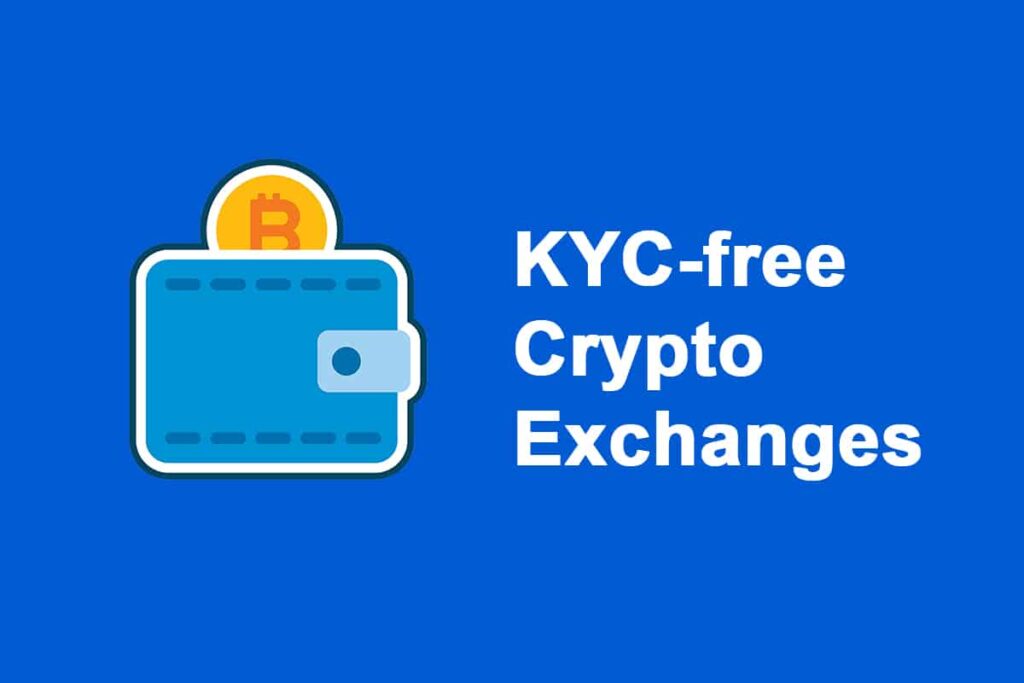A Deep Dive into Blockchain Security – with a Special Look at Ethereum
Introduction
Cryptocurrencies are often praised for being secure, transparent, and decentralized. But as these technologies evolve and become deeply integrated into finance and society, an uncomfortable question keeps resurfacing:
Do cryptocurrencies contain backdoors—technical or governance-based mechanisms that allow control or manipulation by hidden parties?
In this article, we’ll explore that possibility, analyzing how different types of digital currencies approach transparency and control. We’ll also give special attention to Ethereum, the world’s leading smart contract platform, where concerns about centralization and hidden access have become more relevant than ever.
🔎 What Is a “Backdoor” in Blockchain?
In technology, a backdoor is an undisclosed method of bypassing normal authentication or access controls, often giving developers, insiders, or even attackers hidden power over a system.
In the context of cryptocurrencies, a backdoor could manifest as:
- The ability to freeze, reverse, or censor transactions.
- Undisclosed admin keys that modify smart contract behavior.
- Centralized entities overriding decentralized governance.
🔍 Are Truly Decentralized Coins like Bitcoin Safe from Backdoors?
✅ Bitcoin: The Gold Standard of Decentralization
- Completely open-source.
- Operated by a global network of independent nodes.
- No central authority capable of reversing transactions or altering consensus.
📌 Conclusion:
Bitcoin has no known technical backdoors. However, concerns about mining centralization (e.g., in large mining pools or specific countries) remain valid, although they are economic, not structural.
⚠️ What About Other Cryptocurrencies?
1. Stablecoins (USDT, USDC, etc.)
- Managed by centralized companies.
- Can freeze or blacklist specific wallet addresses at will.
📌 Implication:
The backdoor here is legal and administrative — and very real. You’re trusting a centralized entity, not a protocol.
2. Semi-Centralized Coins (XRP, BNB, TRON)
- Development and governance are concentrated in the hands of a few.
- Validators or consensus can be manipulated by founding teams.
📌 Implication:
These may appear decentralized but are subject to decisions made by small, internal groups — a subtle but powerful kind of backdoor.
🧠 Special Focus: Does Ethereum Have a Backdoor?
Ethereum powers the majority of smart contracts and decentralized applications, making it the foundation of DeFi and Web3. But with great flexibility comes great responsibility—and vulnerability.
Let’s unpack the structural and governance risks.
🔑 1. Smart Contracts with Admin Keys
Many Ethereum-based DeFi projects use smart contracts that include admin roles, such as onlyOwner or hasRole.
These allow developers to:
- Pause the protocol.
- Upgrade the code.
- Modify fees or parameters.
- Even in rare cases, drain user funds.
📌 Reality check:
This isn’t inherently malicious — but it does create a programmable backdoor, especially if users are unaware of the contract’s flexibility.
🏛️ 2. Ethereum’s Centralized Development Influence
While Ethereum’s network is distributed, its development direction is heavily influenced by:
- Vitalik Buterin (co-founder).
- Ethereum Foundation.
- Core developers with GitHub commit privileges.
📌 Example:
The transition to Ethereum 2.0 (Proof of Stake) was decided and executed by a relatively small group, though widely supported by the community.
💬 Some critics call this “decentralization by consensus, centralization by implementation.“
💣 3. Historical Evidence of Control – The DAO Fork (2016)
When The DAO smart contract was exploited for $60 million, Ethereum’s developers chose to reverse the hack via a hard fork — effectively rewriting blockchain history.
This led to a split:
- Ethereum (ETH) — with the fork.
- Ethereum Classic (ETC) — staying on the original chain.
📌 Implication:
Even though it was a moral decision, it proved that governance could override immutability — a philosophical and practical backdoor.
🛡️ How Can You Protect Yourself as a User?
To avoid falling into backdoor traps:
✅ Practical Tips:
- Review smart contract audits.
- Use trusted, open-source wallets (like MetaMask or Trezor).
- Avoid projects with centralized control or unclear admin rights.
- Track governance changes via GitHub, forums, or voting platforms like Snapshot.
✅ Conclusion: Is the Blockchain Really Trustless?
- Bitcoin remains the most decentralized and trustless protocol.
- Stablecoins and semi-centralized tokens come with obvious backdoors.
- Ethereum offers powerful tools, but flexibility can mean risk — especially in governance and contract design.
🚨 Decentralization is not binary. It’s a spectrum.
Just because something runs on blockchain doesn’t make it censorship-proof or control-free.
As a user, investor, or developer, your best defense is knowledge, transparency, and caution.

